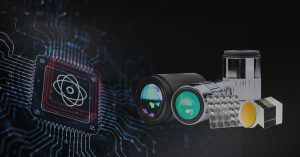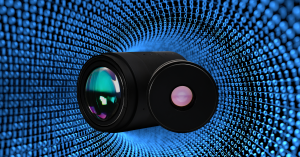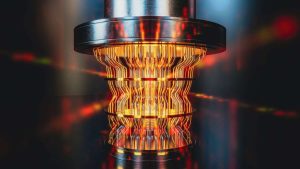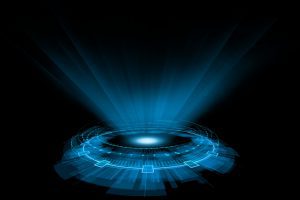Quantum entanglement experiments hinge on two things: the optics chain, which sets the quality of the entangled state, and the single-photon detectors, which define how reliably you can measure it. This article highlights best-practice setups, proven optical stacks, and how to select detectors for different scenarios.
Why optics and detectors matter
- Bell-state fidelity: high indistinguishability requires good filtering, alignment, and polarization control.
- Heralding efficiency: measures how many generated photon pairs survive to detection.
- Coincidence-to-accidental ratio (CAR): shows how clean your source is compared to background noise.
Building a robust entanglement source
Nonlinear crystals and geometries
- PPKTP in a Sagnac loop: the workhorse for polarization entanglement. Stable, bright, and achieves >95% visibilities.
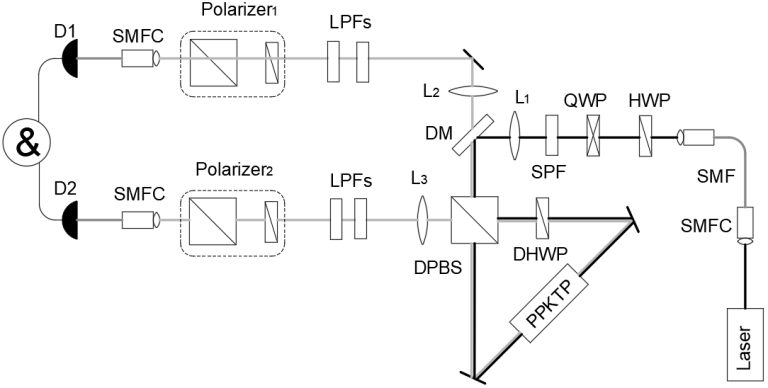
- Waveguides and integrated chips: compact and alignment-friendly, with growing performance at telecom wavelengths.
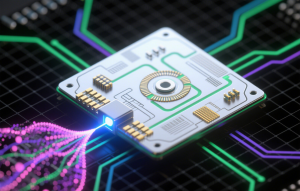
- Time-bin entanglement: use Franson interferometers; favored for fiber networks.
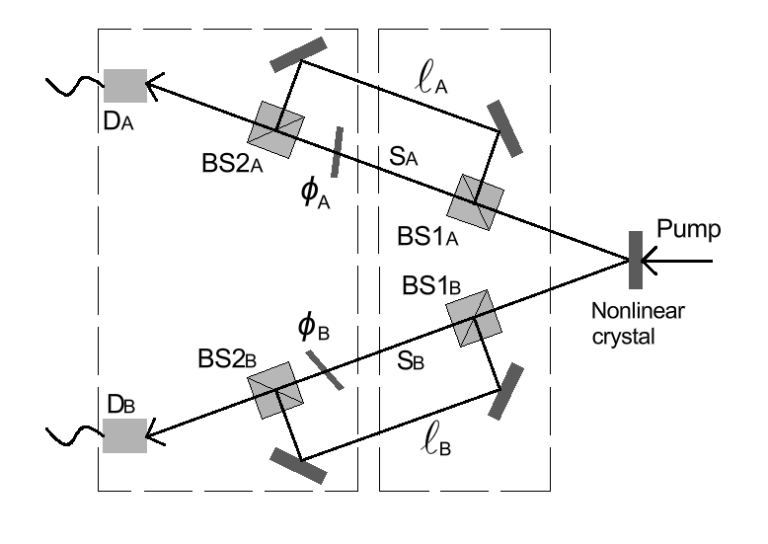
Filtering for spectral purity
- 1–3 nm dielectric filters: improve visibility without huge loss.
- Cavity-enhanced SPDC: required when photons must match narrowband quantum memories.
Polarization optics
- High-extinction PBS and low-PDL beam splitters: critical to avoid basis leakage.
- Zero-order waveplates: minimize systematic polarization errors.
Coupling
- Single-mode fibers: define spatial mode and boost heralding efficiency. Use polarization-maintaining fiber when needed.
Two proven optical stacks
Lab setup (780–810 nm):
PPKTP crystal in a Sagnac loop → 1–3 nm filters → SMF/PMF coupling → polarization analyzers → Si SPADs.
Outcome: stable Bell states with high fidelity and visibility.
Telecom setup (1550 nm):
PPLN/PPKTP waveguide → pump suppression → Franson interferometers → InGaAs SPADs (or SNSPDs).
Outcome: optimized for fiber links and field deployment.
Single-photon detector options
1. Silicon SPADs
- Best for 400–900 nm.
- High efficiency (>70% near 650 nm, lower toward 800–900 nm), jitter ~150 ps.
- Easy to use, room-temperature modules.
2. InGaAs SPADs
- Cover 900–1700 nm.
- Free-running or gated operation.
- Efficiency typically 25–35%, up to ~40% in newer devices; jitter <200 ps.
3. SNSPDs
- Broad range, excellent for telecom.
- Efficiency 80–90% (up to >90% in state-of-the-art devices).
- Jitter <50 ps, dark counts often <100 cps, mHz-level possible with ideal cryogenics.
4. Transition-edge sensors (TES)
- Photon-number resolving with ~90–98% efficiency.
- Very low speed, suited for specialized experiments.
Quick recommendations
- Track heralding efficiency weekly to catch losses.
- Optimize filter bandwidth for best visibility vs. brightness.
- Verify PBS extinction and beam splitter PDL.
- Actively stabilize interferometers when needed.
Outlook
The field is shifting toward integrated photonics for sources and SNSPDs for detection. For a table-top polarization source, a PPKTP-Sagnac with Si SPADs remains the simplest high-quality choice. For telecom networks, a waveguide source with SNSPDs defines today’s state of the art.
Related Content
GREAT ARTICLE!
Share this article to gain insights from your connections!


